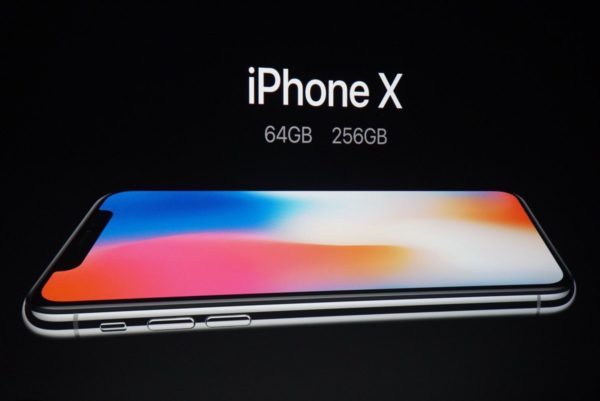The loss of the home button means no more fingerprint sensor. To unlock the phone, you can use your face with a new technology called Face ID. Front-facing cameras and sensors create a map of your face to determine if you are the phone’s proper owner. The technology learns more about your face every time you use it, and stores any face detection information on the device. It uses small flood light to work in the dark.
Apple said face detection is more secure than fingerprints. It added there was a one in 50,000 chance of a random person being able to open your phone with their fingerprint. But those chances drop to 1 in a million with face detection.
The company also introduced a Face ID-enabled feature called Animoji, which serves up animated emoji that mimic your facial expressions. For example, you’ll be able to give your friends side-eye as a unicorn.

The iPhone X will cost $999 for the 64 GB version, $1,149 for the 256 GB version, and start shipping on Nov. 3 — more than a month later than all the other devices announced on Tuesday.
For those not willing to shell out a grand for a new smartphone, the iPhone 8 options are cheaper and also pack a powerful punch. They’re faster, sturdier and better at snapping photos than the previous iPhone.
On the surface, the devices look similar to the iPhone 7. The iPhone 8 clocks in at 4.7 inches and iPhone 8 Plus is 5.5 inches. But inside is an A11 “bionic chip” and an improved camera sensor.



































Discussion about this post